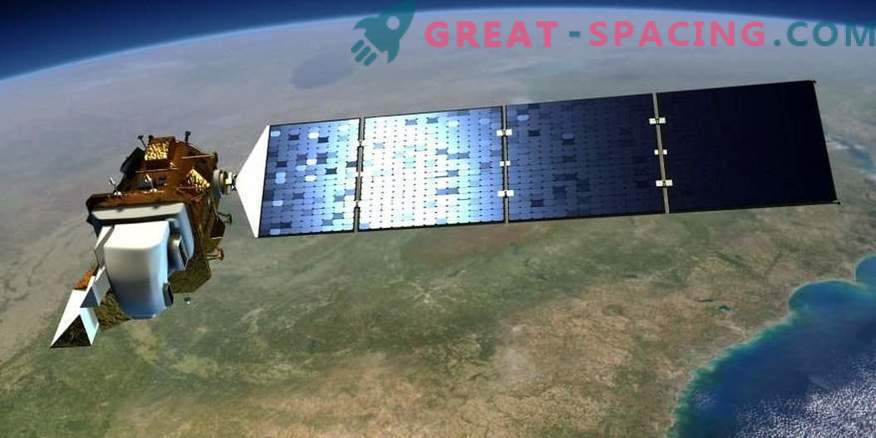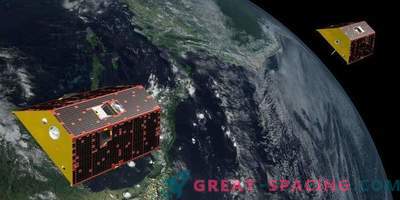
For the earth satellite Landsat 8 5 years have passed in space. During this time, the device has managed to collect several impressive statistics: 26,500 orbits across the planet, 1.1 million "scenes" and an archive of images.
But it is most surprising how Landsat 8, which performs global measurements of the earth’s surface, has reinforced the program’s role by competing with commercial and government proposals for fixing the planet.
Global coverage and higher data rates allow you to carry out important research and find new ways to use information. These include water quality mapping, real-time detection of ice flow rates, and improved tracking of plant health.
The Landsat program is based on collaboration between NASA and the US Geological Survey. The agency oversees the design, construction and launches, and the other party takes the lead when the satellite is in orbit. Landsat 8 is a success in a nearly 50-year partnership.
Landsat 8 was in orbit on February 11, 2013. After the start, he continued a series of engineering and scientific advances begun by his predecessors. In fact, Landsat satellites perform 45 years of continuous observation of the surface of our planet without gaps.
It is the length of the recording that makes the mission a cornerstone in the evolving field of ground visualization. When scientists want to compare new images with those taken decades ago, they turn to Landsat records providing a reference point. The Landsat 9 mission is scheduled for 2020.
Landsat 8 differs from its predecessors in some updates. The OLI ground-based DVR collects information in two new spectral ranges: the blue (coastal / aerosol) band and the strip of cirrus clouds. Together with the thermal IR sensor (TIRS), they are able to exceed the measurement sensitivity of their predecessors. This helps improve the signal and noise ratio. Landsat 8 also simplified the process of mapping the movement of glaciers, ice sheets and sea ice. This made it possible to conduct global monitoring of glaciers literally in real time. In addition, the device is looking for more subtle changes in the health of vegetation and helps to carry out measurements in biophysical variables.
The 5th anniversary also marks the technical frontier. Landsat 8 created with a service life of 5 years. Most missions that survive in the first months of work usually last much longer than the stated period. If we consider that there are several moving parts in Landsat 8, then the engineers say that it will work for many more years.
The first three Landsat were created with an annual term of functionality, but all exceeded the date by 4 years. Surprisingly, the Landsat 5 planned for 3 years served 29 years, and Landsat 7, created in 1999, continues to transmit data today. The entire archive is available for review.











































